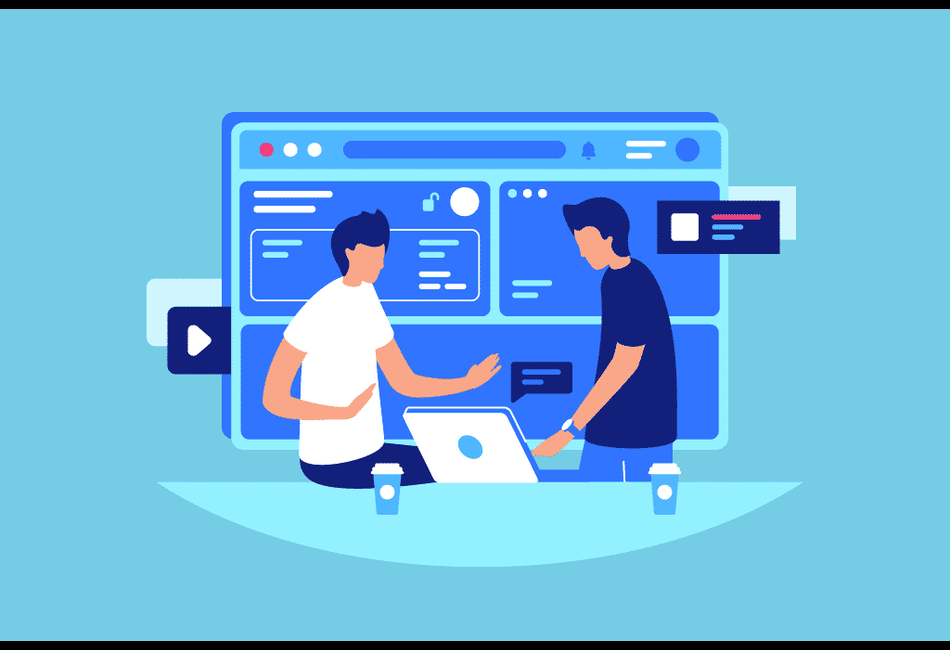Prototyping serves as a critical phase in the product development lifecycle, acting as a bridge between conceptualization and final production. It allows designers and engineers to visualize their ideas, test functionality, and gather feedback before committing to full-scale manufacturing. This iterative process not only helps in identifying potential flaws early on but also fosters innovation by encouraging experimentation.
By creating a tangible representation of an idea, teams can better communicate their vision to stakeholders, ensuring that everyone is aligned on the project’s goals and objectives. Moreover, prototyping significantly reduces the risk associated with product development. By testing a prototype, teams can validate assumptions about user needs and preferences, which can lead to more informed decision-making.
For instance, a prototype can reveal whether a product’s design is intuitive or if its features meet user expectations. This early-stage validation is crucial in avoiding costly mistakes later in the development process, where changes can be more complex and expensive to implement. In essence, prototyping not only enhances creativity and collaboration but also serves as a safeguard against potential pitfalls in product development.
Types of Prototyping Methods
There are several prototyping methods available, each suited to different stages of product development and varying levels of fidelity. Low-fidelity prototypes, such as sketches or paper models, are often used in the initial brainstorming phase. These prototypes allow teams to quickly iterate on ideas without investing significant time or resources.
For example, a team might create a series of wireframes to explore different layout options for a mobile application. This method encourages rapid feedback and fosters a culture of open communication among team members. On the other end of the spectrum are high-fidelity prototypes, which closely resemble the final product in both appearance and functionality.
These prototypes can be created using advanced software tools that simulate user interactions, allowing for a more realistic testing environment. For instance, a tech company might develop a fully functional app prototype or web development in Shoalhaven that users can interact with to provide feedback on usability and design. High-fidelity prototypes are particularly valuable when seeking investment or stakeholder approval, as they provide a clear vision of the end product and its capabilities.
Best Practices for Prototyping
To maximize the effectiveness of prototyping, teams should adhere to several best practices throughout the process. First and foremost, it is essential to define clear objectives for each prototype iteration. Understanding what specific questions need to be answered or what aspects of the design require validation will help guide the prototyping efforts.
For example, if the goal is to test user navigation within an app, the prototype should focus on that aspect rather than attempting to showcase every feature. Another best practice is to involve users early and often in the prototyping process. Engaging potential users in testing sessions can provide invaluable insights that may not be apparent to the design team.
By observing how users interact with a prototype, teams can identify pain points and areas for improvement that may have been overlooked. Additionally, fostering an environment where feedback is welcomed and encouraged can lead to more innovative solutions and a stronger final product.
The Role of Prototyping in User Testing
User testing is an integral part of the prototyping process, as it provides direct insights into how real users interact with a product. Prototypes serve as tools for gathering qualitative data that can inform design decisions. During user testing sessions, participants are asked to complete specific tasks using the prototype while observers take notes on their behavior and feedback.
This method allows teams to identify usability issues and gauge user satisfaction before moving forward with development and SaaS product marketing. Furthermore, user testing with prototypes can reveal unexpected user behaviors that may not align with initial assumptions. For instance, a team may believe that users will navigate an app in a particular way based on their design choices; however, user testing might show that users prefer an entirely different approach.
This information is crucial for refining the product and ensuring it meets user needs effectively. By iterating on prototypes based on user feedback, teams can create products that resonate more deeply with their target audience.
Overcoming Challenges in Prototyping
Despite its many benefits, prototyping is not without challenges. One common issue is the tendency for teams to become overly attached to their initial designs, making it difficult to pivot when necessary. This attachment can lead to resistance against feedback or reluctance to make significant changes based on user testing results.
To combat this challenge, teams should cultivate a mindset of flexibility and openness to change. Emphasizing the importance of user-centered design can help shift focus from personal preferences to meeting user needs. Another challenge lies in resource allocation for prototyping efforts.
Developing high-fidelity prototypes can be time-consuming and costly, especially for startups or smaller teams with limited budgets. To address this issue, teams can prioritize which aspects of the product require high-fidelity prototypes and which can be tested using low-fidelity methods. By strategically allocating resources and focusing on critical features first, teams can still gain valuable insights without overextending themselves financially or temporally.
Integrating Feedback from Prototypes
Integrating feedback from prototypes is essential for refining product designs and ensuring they align with user expectations. After conducting user testing sessions, teams should analyze the collected data systematically. This analysis involves identifying common themes in user feedback, such as recurring usability issues or suggestions for additional features.
By synthesizing this information, teams can prioritize changes based on their impact on user experience. Once feedback has been integrated into the design process, it is crucial to communicate these changes effectively within the team and to stakeholders. Transparency about how user insights have influenced design decisions fosters trust and collaboration among team members.
Additionally, sharing success stories from user testing can motivate the team and reinforce the value of incorporating user feedback into the development process.
Prototyping Tools and Resources
The landscape of prototyping tools has evolved significantly in recent years, offering a wide array of options for designers and developers alike. Software such as Sketch, Figma, and Adobe XD provides robust platforms for creating both low-fidelity wireframes and high-fidelity interactive prototypes. These tools often come equipped with features that facilitate collaboration among team members, allowing for real-time feedback and iteration.
In addition to software tools, there are numerous online resources available for learning about prototyping best practices and methodologies. Websites like Nielsen Norman Group offer valuable insights into usability testing and user-centered design principles. Furthermore, online courses on platforms like Coursera or Udemy can provide structured learning paths for individuals looking to enhance their prototyping skills.
By leveraging these tools and resources, teams can streamline their prototyping efforts and improve overall product quality.
Case Studies of Successful Prototyping in Product Development
Examining case studies of successful prototyping can provide valuable lessons for teams embarking on their own product development journeys. One notable example is Airbnb’s approach to prototyping its platform features. In its early days, Airbnb utilized low-fidelity prototypes to test various aspects of its website design with potential users.
By gathering feedback on different layouts and functionalities before launching its platform, Airbnb was able to create a more intuitive user experience that contributed significantly to its rapid growth. Another compelling case study is that of Dropbox, which famously used a simple video prototype to validate its concept before building the actual product. The founders created a video demonstrating how Dropbox would work and shared it with potential users to gauge interest.
The overwhelmingly positive response validated their idea and provided them with critical insights into what features users valued most. This approach not only saved time but also ensured that they were building a product that met real user needs from the outset. Through these examples, it becomes evident that effective prototyping can lead to innovative solutions and successful products by prioritizing user feedback and iterative design processes.
As companies continue to navigate the complexities of product development, embracing prototyping as an essential practice will remain vital for achieving success in an increasingly competitive landscape.



